|
With winter officially upon us in a few days, it's time to take a serious look at your landscape maintenance for the season. Just a few steps taken now can ensure a healthy, beautiful yard come springtime.
Fertilizing your lawn and planted areas Adding fertilizer to your lawn and planted areas in the fall is an excellent way to give a boost to your plants, so you have a healthy, vibrant yard in the spring. Be sure to give your lawn and plants plenty of water after fertilizing so they don't "burn" and so that your fertilizer doesn't blow away. Pruning your trees Fall is a good time to prune your trees. Not only are trees dormant in the colder months, but it is also easier to see a tree’s structure when there are no leaves on the branches. Proper pruning is vital to the health of trees and plants, in part because it helps relieve stress on trees and keeps them growing. Spreading mulch One of the best things you can do to protect your newly planted fall bulbs, shallow root plants, and young trees, is to cover the soil around those items with a generous layer of mulch. As a general rule of thumb, it is best to lay down mulch somewhere between 2-4" deep, avoiding touching trunks of trees or stems of plants so you will avoid any rot or disease issues. Winterizing your irrigation Winterizing your irrigation is not difficult to do, but it must be done properly and before freezing temperatures hit to prevent costly damage. A few simple steps can prevent things like busted irrigation lines, damaged hose bibs, and ruptured pipes. Protecting your water features Similar to winterizing your irrigation, your water features may also need special protection from the colder weather. Generally speaking, it is okay to let your water features run year-round. There are two key considerations, though, to make this work. 1) your pump must have access to free-flowing, clean water at all times and 2) you must keep your pond or water feature free of leaves and other debris that could cause a blockage for your pump. Removing moss on hardscapes When snow and ice accumulate, moss and other unwanted growth can create extra slippery situations. Giving your pavers and other hardscape surfaces a good cleaning is both good for their lifespan, but also for preventing unwanted slips and falls. If you opt to powerwash this growth away, be extra careful to not destroy the material used in between blocks or stones that keep your surface stable. If this sounds like a lot of work, or simply more than you care to do yourself, please give us a call at 541-729-8029 or email us. Our team of maintenance and irrigation experts would be happy to help you care for your yard.
4 Comments
Well, we've got good news for you.
Graham Landscape & Design offers clean-up services for both residential and commercial properties. Clean-up service entails coming to your property and clearing out unwanted brush and debris or cleaning up your plantings and grounds, giving you essentially a blank slate or fresh start. Clean-ups are commonly used for seasonal purposes to clear the leaves, prune or trim trees and shrubs, remove moss and other unwanted invasive plants, etc. They can also be scheduled other times of the year, too, whenever your yard needs a reboot. Most clean-ups are completed in one visit. Occasionally, larger jobs can take more time, but it's really dependent on what you'd like to do with your property. For example, if you just need some bushes cleared back so you can see your yard again, that's more than likely a one-day job. However, if you're looking at stripping things away to get a true blank canvas, that could take a few more days. A member of our team will come to your property and walk through with you what you'd like to have done, ask questions, and offer suggestions so we can best accomplish what you'd like to achieve. This way, you'll get a more accurate estimate and timeline for completion. We can also provide an estimate for ongoing maintenance, so things don't get out of control again. Give our team a call today at 541-729-8029 to schedule an estimate. Photo credit: That Oregon Life Our most recent snow and ice storm, while beautiful, did quite a bit of damage to local residential and commercial properties. Was your property affected? If so, we can help. We offer a clean-up service which involves coming to your property and clearing out any fallen debris, broken limbs, damaged plantings, and more. In addition, we can remove any unwanted brush and debris or spruce up your plantings and grounds, giving you essentially a blank slate or fresh start. While clean-ups are often used for seasonal purposes like now to recover from the snow and ice storm, they can be scheduled other times of the year, too, whenever your yard needs a reboot.
Most clean-ups are completed in one visit. Occasionally, larger jobs can take more time, but it's really dependent on what you'd like to do with your property. For example, if you just need some bushes cleared back or weeds cut down, so you can see your yard again, that's more than likely a one-day job. However, if you're looking at stripping things away to get a true blank canvas, that could take a few more days. A member of our team will come to your property and walk through with you what you'd like to have done and offer suggestions so we can help you get your yard where it needs to be. This way, you'll get a more accurate estimate and timeline for completion. We can also provide an estimate for ongoing maintenance, so things don't get out of control again. Clients who use our clean-up services say one of the biggest benefits is the huge time savings we provide, freeing up your weekend so you can do the things you want to do. In addition, our clean-up services let you focus on the fun part of working with your yard (planting and gardening, etc.) and not the labor-intensive removal, chore-like aspects. Also, when we're done, we haul everything away so you don't have to. What could be better than that? If a clean-up service and/or ongoing maintenance sounds like something you could use, please give us a call at 541-729-8029. We're booking now for immediate openings. We're here to help and would love to turn your yard back into a place you can truly enjoy. In our last blog post, we provided a checklist of things you can do to keep your landscape healthy and looking nice through winter. One of the items we suggested you should do is to prune your trees (shrubs can be pruned, too). Pruning revives tired plants and helps younger plants establish a good shape. We suggest pruning in winter for a few reasons. The lack of leaves makes seeing what you are doing much easier and in the winter, plants are less likely to 'bleed' as sap is not as active. Cuts will have time to heal over before spring growth begins.
The following are a few tips for how to prune your trees and shrubs so you don't cause damage. The first thing you want to do when pruning is to remove any damaged or diseased wood. This must go first so you're not wasting time working on areas that won't get better. Next, you'll want to address any branches that crisscross or rub on other surfaces. Start with removing the least important branches completely or shorten them so they are not intertwined. A good place to cut is down to an outward facing bud. Shortening these branches forces the plant to funnel its energy into the buds that remain, giving you more vigorous growth. When cutting, make sure you are doing so correctly. Incorrect or 'bad' cuts can result in poor wound recovery and unhealthy plants. #1 Don’t prune too far away from the bud. More than a finger width is probably too far. Cutting too far away can result in the wood between the cut and the bud below dying, which can affect the health of the bud. If the bud fails to grow, die back can cause the whole stem to die. #2 Just as you don't want to prune too far away, you don’t want to prune too close to the bud either. If you're on top of the bud, you're too close. Pruning too close to the bud often results in damaging the bud itself and that can jeopardize the bud's ability to grow into a leaf or flower. Pruning too close to the bud can also cause the branch to die back further down the stem. #3 Be careful of the angle when you prune. If you leave a pointed stub of stem above the bud you risk causing the stem to die back as far as the bud and possibly beyond it. A better option is to keep the cut as straight as possible but a slight angle can be okay if you are trying to redirect the growth of a particular branch. #4 Make sure any cuts you make have angles that slope in a way that forces water to run off and not pool. If water pools on the cut, your plant is more susceptible to rot. Pruning can be a challenging project if you've never done it before, or if you have a lot of trees and shrubs to contend with. If you would like help pruning plants around your property, give Graham Landscape & Design a call for a free estimate. 541-729-8029 While rain, ice, and sometimes snow can make it difficult to keep your property looking attractive, even for the most diligent homeowners, don't give up! Whether for your own home or a property you manage, there are a number of ways you can keep your landscape healthy and looking great throughout the winter.
#1 — Keep Watering When the weather gets cold, we often stop maintaining our landscapes. But, the need for water doesn't go away. Failure to keep your fruit trees, lawns and other plantings watered over the winter can result in a variety of issues, including susceptibility to disease. You get a pass, though, if the temperature drops below 40 degrees as you don't want to freeze your plants. #2 — Keep Raking Raking in the fall is a typical thing in our area, but did you know that it's a good idea to keep raking lawns and gardens over the winter as well? Plant debris continues to build up, and when it mixes with ice or snow, it creates an environment for growing mold and fungus, especially where leaves have accumulated. #3 — Cover Thin-Barked Trees To help control frost and prevent sun scald, put a light-colored wrapping around younger trees with thin bark that are located in sunny areas. #4 — Fertilize Lawns To help your lawn grow rich and green in the spring, put down fertilizer that is rich in phosphorous, nitrogen and potassium prior to the first freeze. #5 — Mulch Garden and Tree Beds As you've read in our newsletters, mulch is an excellent insulator and it can help protect roots against frost. Make sure you lay down a nice layer of mulch in your garden and tree beds; one to two inches thick should do the trick. #6 — Keep Grass Short As we head into winter, it's a good idea to keep your grass short, between one and two inches shorter than usual. Shorter grass reduces the risk of frostbite and snow mold. #7 — Winterize Sprinkler Systems Unless you like the idea of a burst pipe, it's prudent to have your irrigation system winterized so that water in pipes doesn't expand and crack your irrigation lines. Our irrigation team can help! #8 — Add Potted Plants If your landscape is feeling drab, adding some neatly trimmed boxwood trees in large pots can add a hint of freshness along walkways and entryways. #9 — Add Winter Plants & Trees When choosing your plantings, it's a good idea to select those that not only look good together but also provide interest at different times of the year. For instance, great choices for winter include trees with highly textured bark, a variety of berries (avoid holly as it can be toxic to children and animals), violets, pansies, witch hazel, Oregon grape, maple trees, etc. #10 — Prune Trees With leaves gone, it is easier to spot damaged branches. Removing these will give you healthier, stronger trees in the spring. #11 — Use Lighting Last, but not least, outdoor lighting can make a world of difference for how you can enjoy your landscape in the winter. While lights help you see better in the dark, their glow also adds a touch of warmth, making your landscape look more attractive. If you would like help in getting your landscape ready for winter, for your home, or even for any properties you might manage or have as rentals, please give our team a call at 541-729-8029 or email us to schedule an appointment. If you have a pond in your yard, now is the time to start thinking about how to care for it this summer. The following is a brief checklist of the things you'll want to make sure are in order so you can enjoy your pond all summer long.
Enjoy! Graham Landscape & Design has been designing and installing ponds in landscapes throughout the Willamette Valley since 2010. Give us a call today at 541-729-8029 if you're interested in a pond or other water feature for your yard. A weird question, we know... but, it's an important one! After our record-breaking rainy season, chances are any issues you have with drainage in your landscape have shown up. How would you know? It's easy... Think about any spots in your yard where after it rains, water sits for hours and sometimes for days. These are the problem spots we're talking about.
Why is proper drainage so important? Well, there are a number of reasons but a few of the top concerns include root rot in your lawns, shrubs, and trees. In addition, poor drainage reduces your ability to enjoy your yard for fear of getting your shoes sucked into the muck or extra muddy. And, if either of those weren't bad enough, sitting water creates a breeding ground for all sorts of pests. So, if you have drainage problems, what can be done? Here are a few ideas to help:
But, before tackling any of these solutions, it's a good idea to consult with your landscaper to really uncover the underlying cause of the issue and to help you plan the proper remedy. At Graham Landscape & Design, our team of experts can help you do just this. Please give us a call so we can turn your drainage problem into a thing of the past. 541-729-8029 Continuing from our September blog post, when it comes to yard maintenance, certain things need to be done every fall (before winter hits) so you can have a beautiful outdoor space in the spring. Here is a quick punch list of the biggest items that will need attention.
Dethatching Your Lawn Fall is the best time of the year to dethatch your lawn, removing the thick layer of dead leaves, stems, and roots, to promote healthy growth in the spring. You can do this with a special dethatching tool, or you can opt to aerate your lawn to prevent bare spots that may occur with dethatching. Reseeding Your Lawn After dethatching your lawn, it is a good idea to reseed your lawn to cover both open areas and thinning spots in your lawn. Reseeding is an excellent corrective and preventative step to help have a beautiful, thick lawn. Fertilizing Lawn and Planted Areas Adding fertilizer to your lawn and planted areas in the fall is an excellent way to give a boost to your plants, so you have a healthy, vibrant yard in the spring. Be sure to give your lawn and plants plenty of water after fertilizing so they don't "burn" and so that your fertilizer doesn't blow away. Pruning Your Trees Fall is a good time to prune your trees. Not only are trees dormant in the colder months, but it is also easier to see a tree’s structure when there are no leaves on the branches. Proper pruning is vital to the health of trees and plants, in part because it helps relieve stress on trees and keeps them growing. Spreading Mulch One of the best things you can do to protect your newly planted fall bulbs, shallow root plants, and young trees, is to cover the soil around those items with a generous layer of mulch. As a general rule of thumb, it is best to lay down mulch somewhere between 2-4" deep, avoiding touching trunks of trees or stems of plants so you will avoid any rot or disease issues. Winterizing Your Irrigation Winterizing your irrigation is not difficult to do, but it must be done properly and before freezing temperatures hit to prevent costly damage. A few simple steps can prevent things like busted irrigation lines, damaged hose bibs, and ruptured pipes. Protecting Your Water Features Similar to winterizing your irrigation, your water features may also need special protection from the colder weather. Generally speaking, it is okay to let your water features run year-round. There are two key considerations, though, to make this work. 1) your pump must have access to free-flowing, clean water at all times and 2) you must keep your pond or water feature free of leaves and other debris that could cause a blockage for your pump. If this sounds like a lot of work, or simply more than you care to do yourself, please let us know. Our crew of experts would be happy to help you care for your yard. |
OUR BLOG
Check here to see what we've been up to! Categories
All
|
|
|
Copyright © Graham Landscape Maintenance & Design LLC in Eugene Oregon. All rights reserved.
LCB # 8920 541-729-8029 34024 Old Willamette Hwy S., Eugene, OR 97405
Offering Landscape Design and Maintenance in Albany, Coburg, Corvallis, Cottage Grove, Eugene, Junction City, Roseburg, Springfield, Veneta and Surrounding Areas
LCB # 8920 541-729-8029 34024 Old Willamette Hwy S., Eugene, OR 97405
Offering Landscape Design and Maintenance in Albany, Coburg, Corvallis, Cottage Grove, Eugene, Junction City, Roseburg, Springfield, Veneta and Surrounding Areas
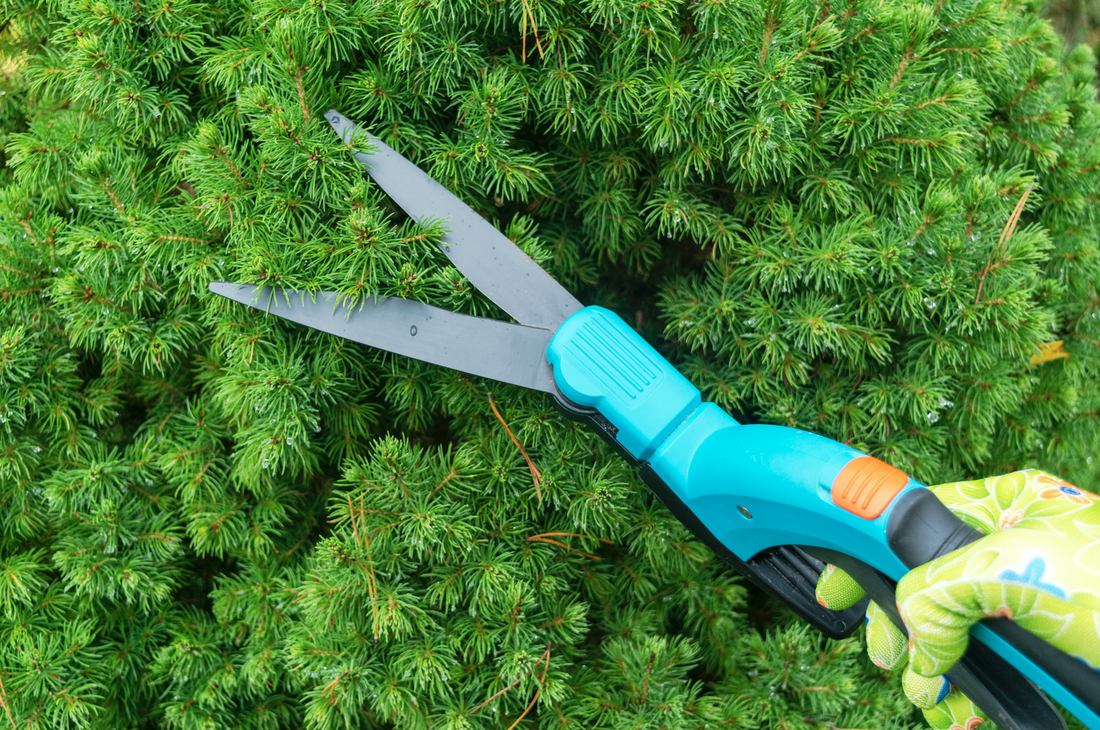
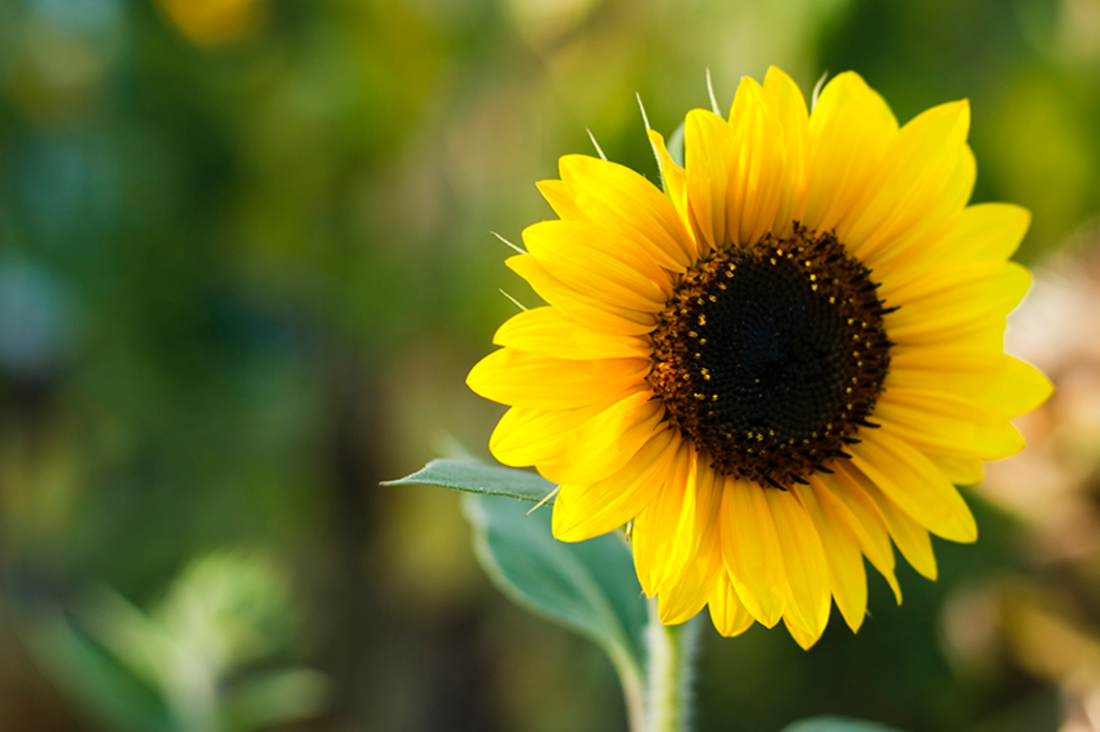
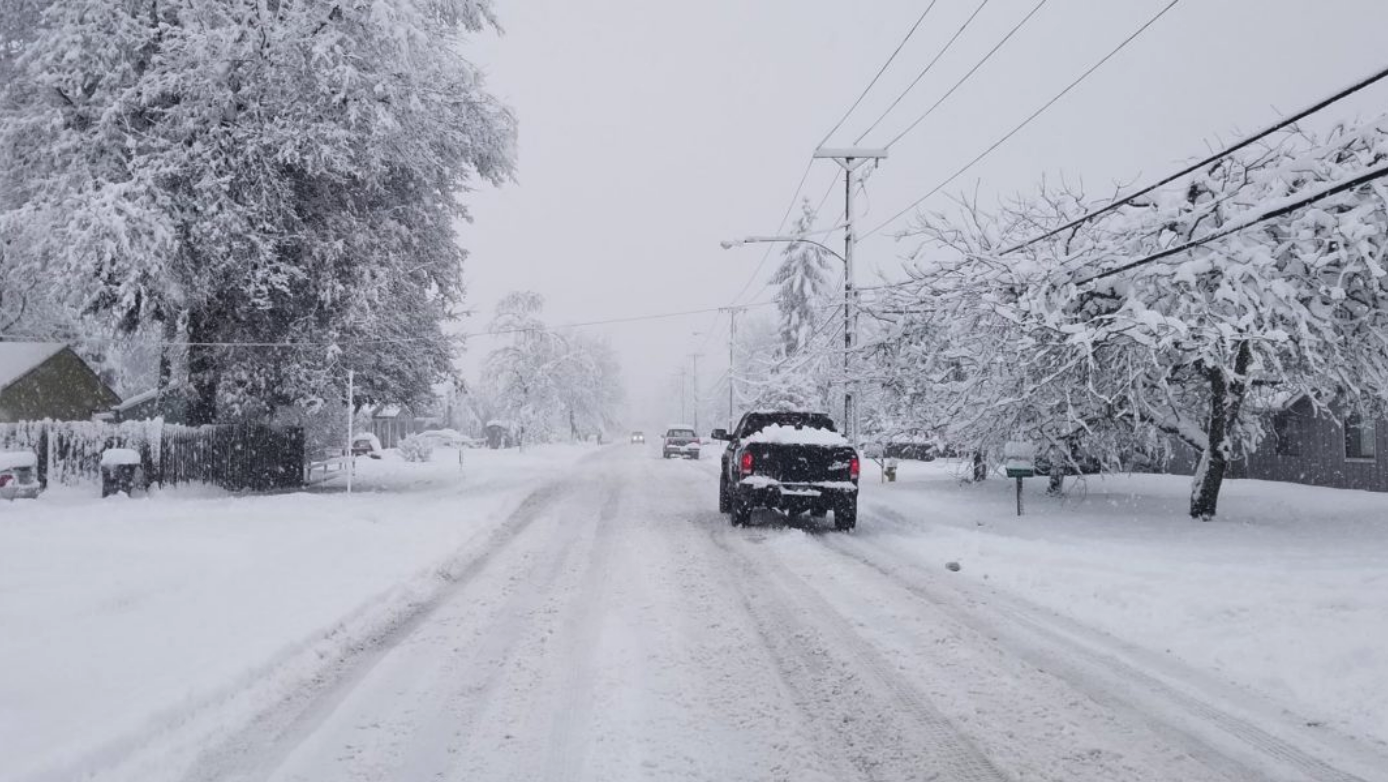
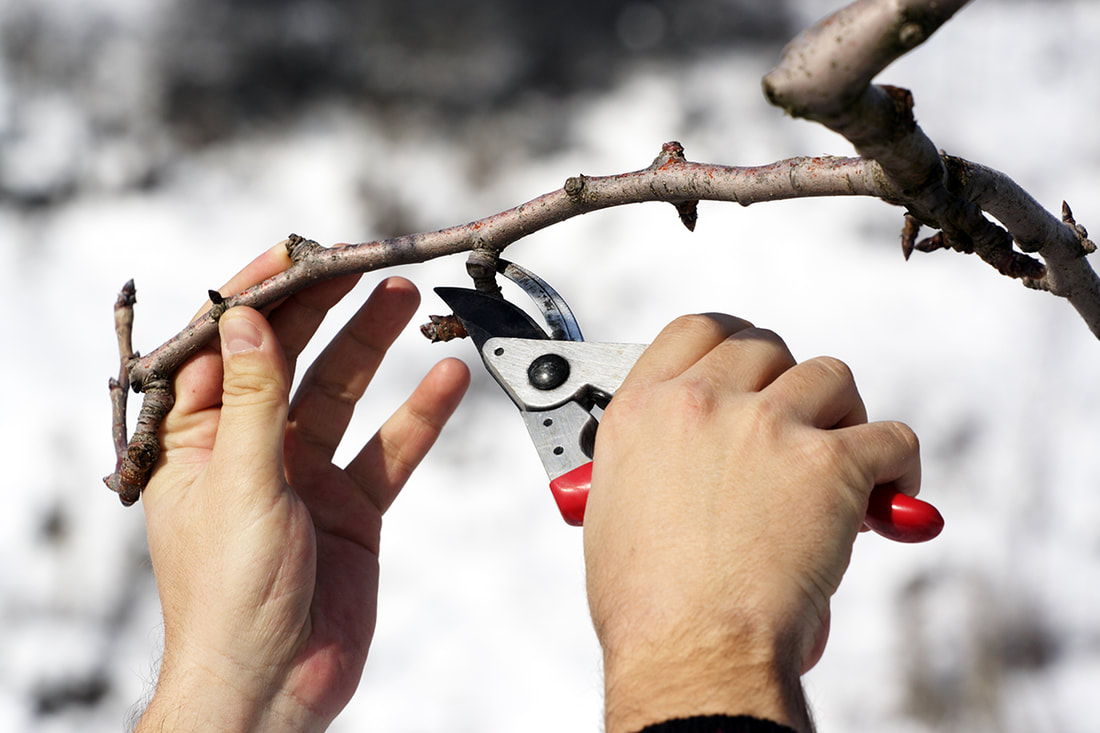
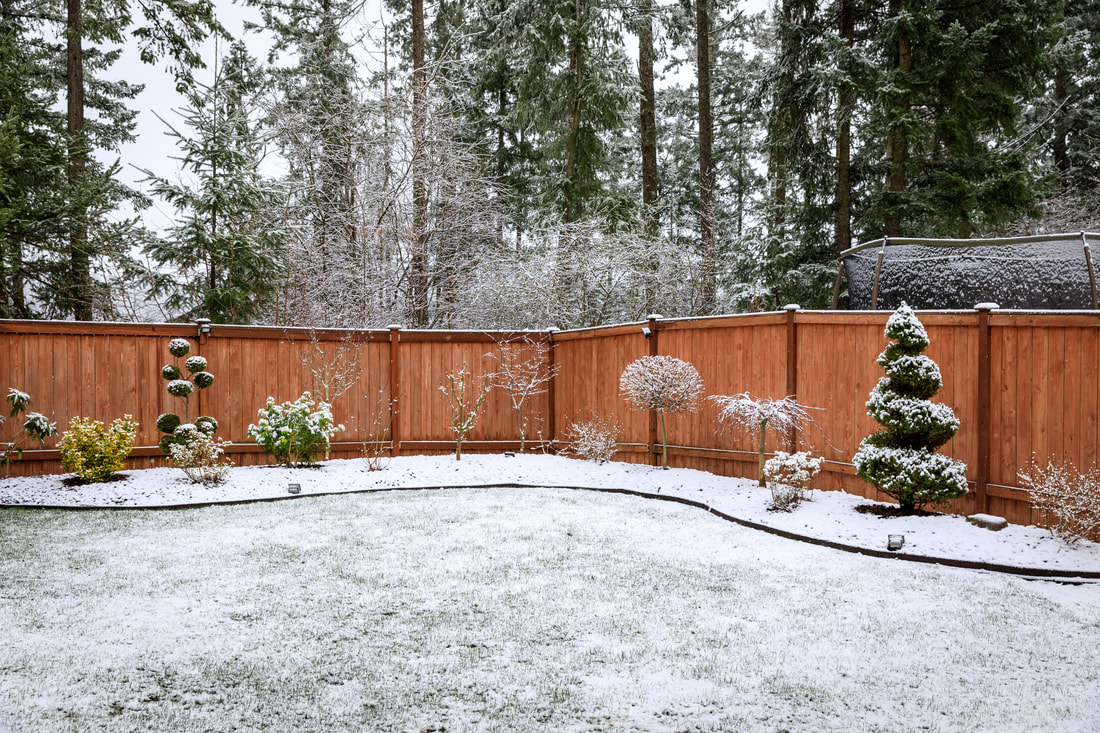
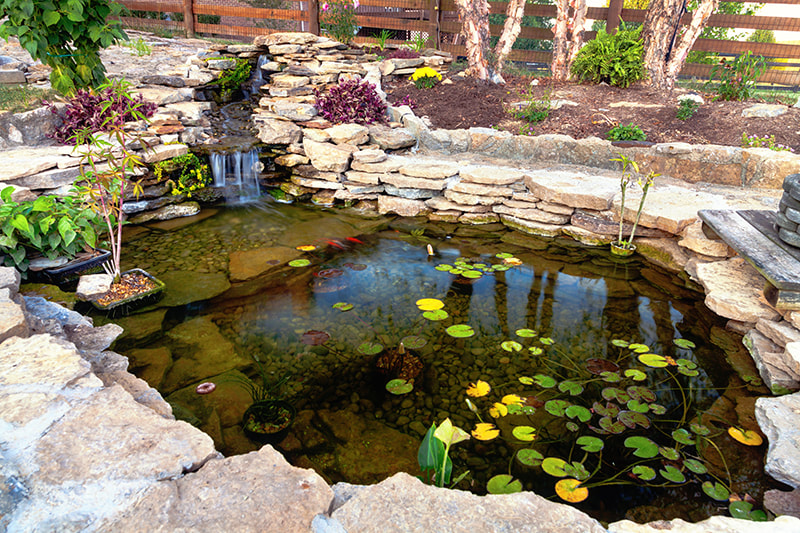
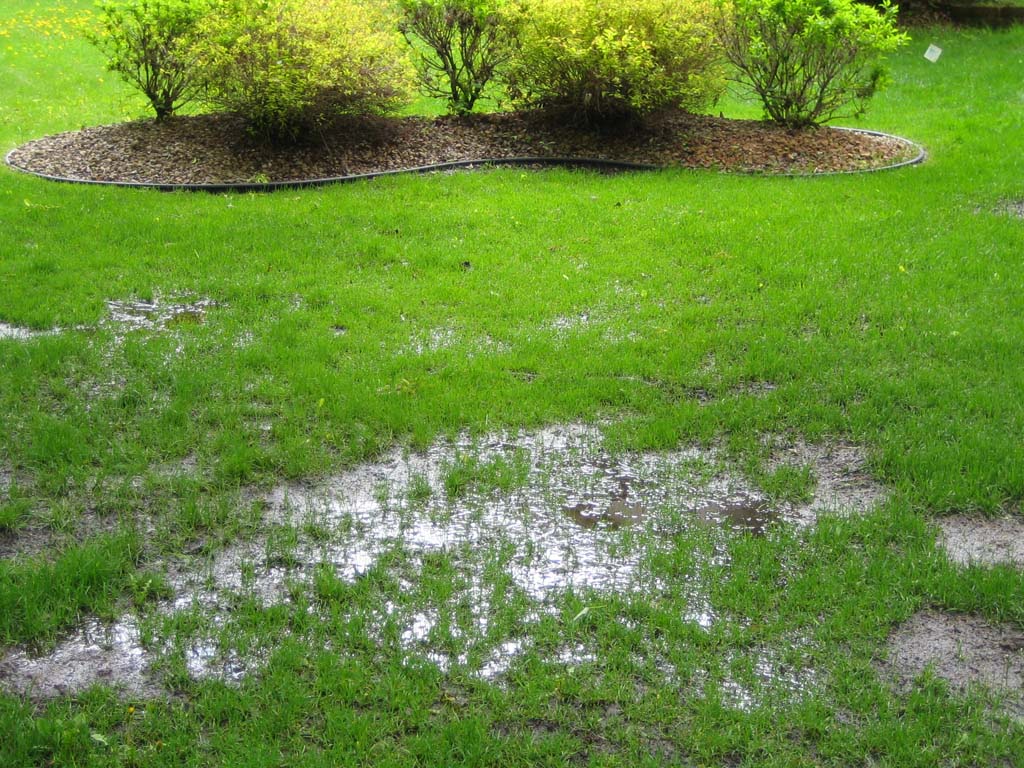
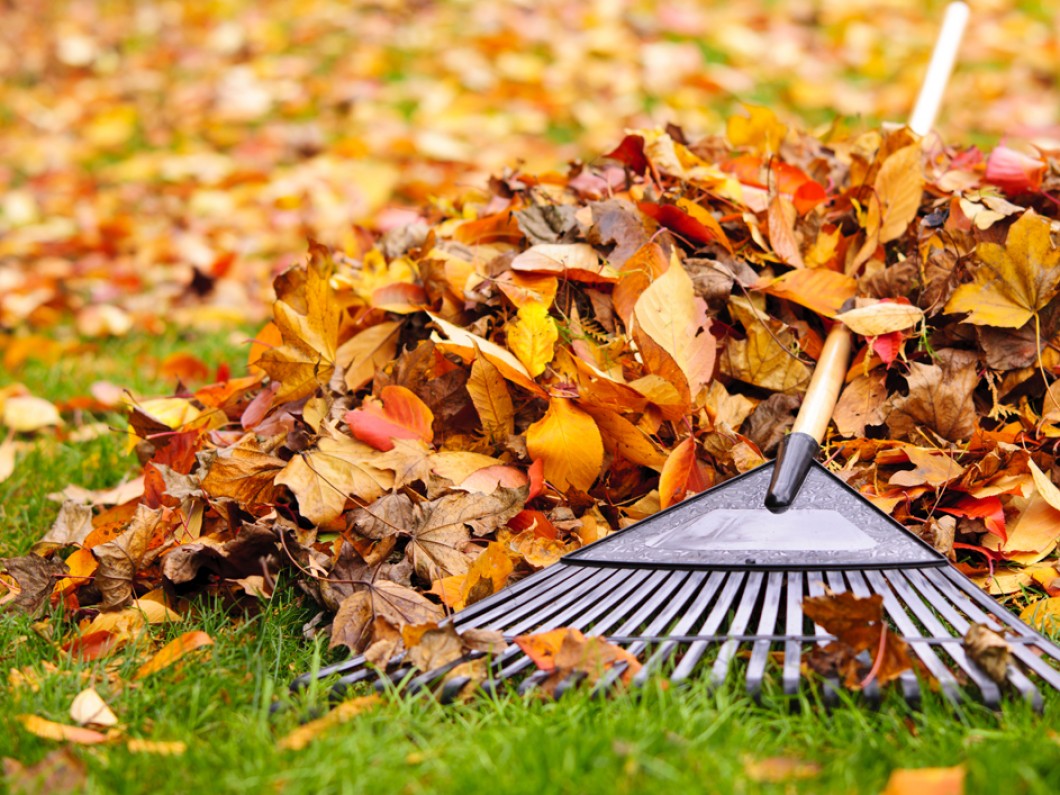
 RSS Feed
RSS Feed
